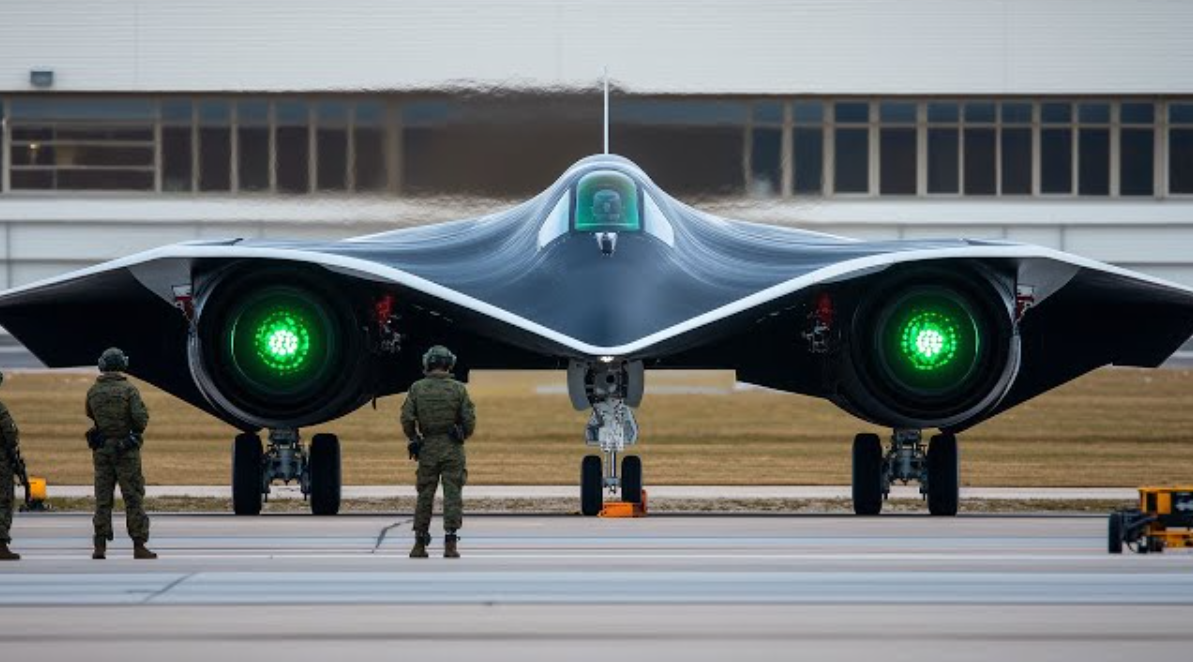
There’s something maybe inherently sexy about an airplane mystery. The idea of a secret plane tearing across the upper atmosphere at breakneck speeds—faster than interceptors can reach, too high to be tracked—has captivated generations.

In that mix of rumor and speculation, no grip generates so much curiosity as the SR-91 Aurora.

The first hints came in the mid-1980s, the height of the Cold War, when the U.S. kept its most advanced air projects under wraps and secret code names.

The word “Aurora” appeared in one Pentagon budget report, overshadowed by the legendary SR-71 Blackbird and U-2 spy planes.

With it came a large sum earmarked for “black aircraft production.” That small notation was enough to generate rumors: was the government secretly building a plane faster and higher than ever, perhaps even one that could break through Mach 5?

Sightings and reports soon followed. The most publicized sighting was perhaps that reported by Chris Gibson, an experienced plane spotter, who claimed to have seen a strange triangular craft refueling in mid-air, escorted by two fighter jets.

Low, rolling “skyquakes” or strange “doughnut on a rope” contrails were observed by other witnesses, which some credited to an experimental pulse detonation engine. Even seismic detectors in parts of Southern California allegedly picked up strange sonic booms.

But for every tale, there remains a doubt. There are no confirmed photos, no confirmed crashes, and no declassified documents to verify the Aurora’s existence. Unlike aircraft such as the F-117 or B-2, which later went from secret to open information, the Aurora has remained firmly in the world of speculation.

Certain analysts believe that “Aurora” might have been a covert codename for the B-2 program. Others argue that the unusual sightings might have been confused with test flights of other experimental aircraft.

The engineering difficulties also render the story hard to believe. Hypersonic flight—anything above Mach 5—is only possible with sophisticated engines, refractory materials, and huge expense. That such an aircraft somehow existed in the 1980s and remained completely out of public view strains credulity.

Despite that, though, the myth remains. Perhaps because of a history of the U.S. revealing revolutionary aircraft years or even decades before secretly testing them for the first time. Perhaps it persists because places like Area 51 provide a venue for intrigue that keeps the imagination thriving.

Whatever the truth might be, the Aurora has secured its place in flight history—a reminder that there are some mysteries still flying through the skies, and that sometimes the fastest truths are those we will perhaps never completely grasp.
